Maverick Moments
These stories highlight students, faculty, staff, and/or events from Student Affairs Offices fostering big ideas and real-world thinking on campus and in the community.
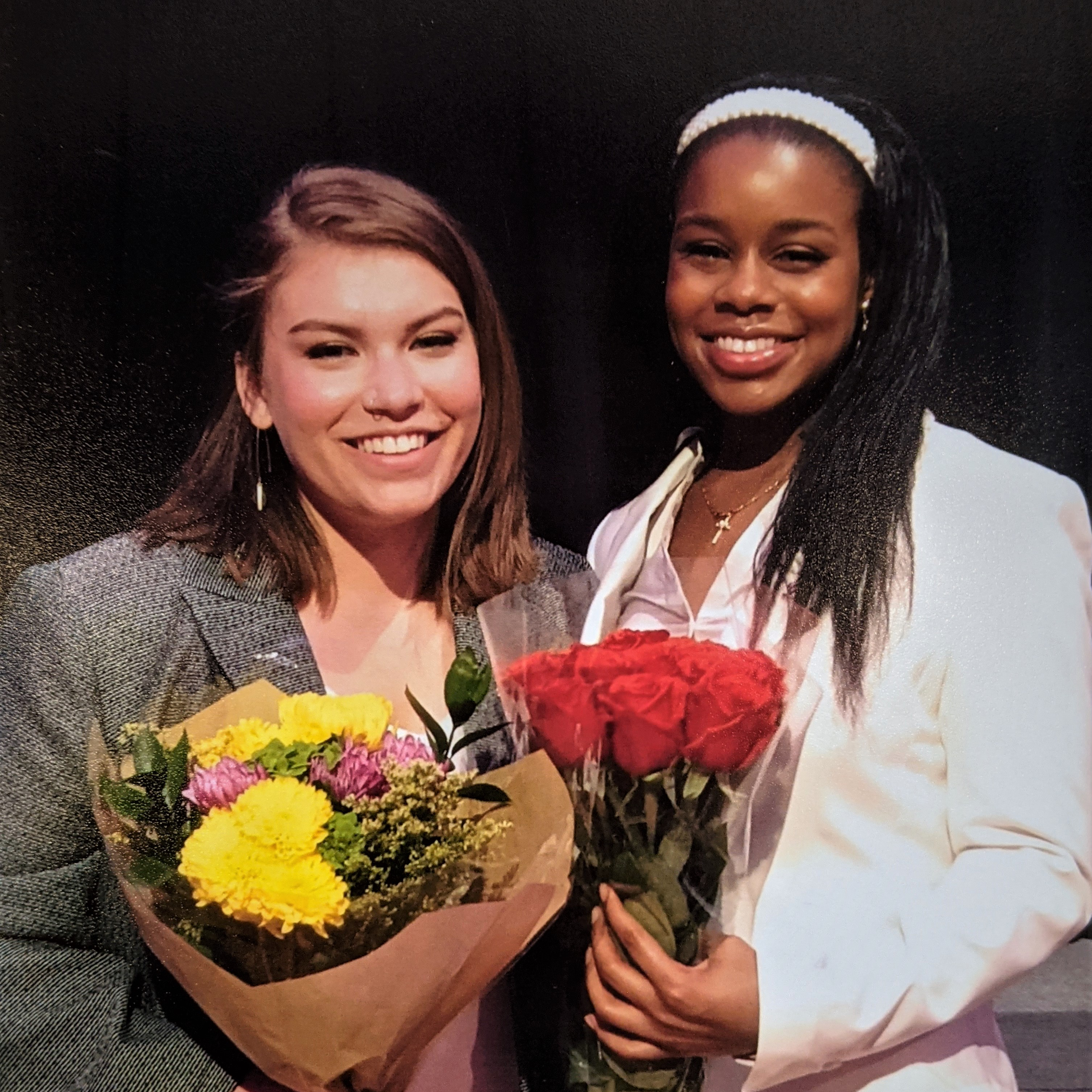
Back to Basics
Student Body President Reauna Stiff and Vice President Kara Svercl go above and beyond what it means to be a leader and advocate for students at Minnesota State University, Mankato.
Full Story + Show Less –Student Body President Reauna Stiff and Vice President Kara Svercl go above and beyond what it means to be a leader and advocate for students at Minnesota State University, Mankato. “The ability to make a real difference on campus is something that I want to do as a person, a student, and as a social work major in preparing for my future career,” says Svercl.
Hardworking and determined leaders, Stiff and Svercl share a passion for student advocacy. Stiff fought social justice issues in high school and continues to do so as a senior here at Minnesota State University, Mankato. In the future, Stiff wants to pursue a career as a civil rights attorney who represents society’s most vulnerable and disenfranchised. Svercl has been an advocate for students with food insecurities and was able to bring a program called Swipe Out Hunger, which provides donated dining hall meals to over 300 needy students. Svercl is a junior here at Minnesota State, Mankato working on her social work and child development degree in hopes to help as many people as she can.
Both Stiff and Svercl have been working tirelessly on a campaign called Back to Basics. As student government leaders, their mission is to ensure students have the basics such as food, water, clothing, and a safe place to live in order to succeed. They have identified three areas of focus this coming year.
The first project is creating an off-campus housing website that is student-centered and student-led. In addition to having a website with pictures, lists, of amenities, and other information to help make a rental decision. They hope to provide a rating system that allows students to rate the cleanliness, security, and responsiveness of off- campus housing rental properties.
The second project Stiff and Svercl are working hard to finish is creating a student basic needs hub. Building off the momentum of the Maverick Food Pantry. Even though the Maverick Food Pantry has been a huge success in terms of feeding students, it is running out of space due to the max number of students who need food. Therefore, the idea behind this project is to expand it into a hub where students not only get food but also have access to case manager service.
“We know where there is food insecurity, there is strong correlations between lack of transportation, house insecurity, medical needs, or mental health needs,” Svercl stated. “Usually, food insecurity is a symptom to a much larger problem.”
Both Stiff and Svercl want to go into this idea with a holistic approach that will tackle every aspect of a student’s life in order to ensure their success on and off campus here at Minnesota State University, Mankato.
The third and final project for this Back to Basics campaign is the Student Room and Board Support Fund. Which will establish scholarships for students with the highest need to cover a portion of the room and meal plan on campus.
Stiff and Svercl’s passion for the students here at Minnesota State University, Mankato is impeccable. Their Back to Basics campaign offers real life ideas that have and will continue to impact many students lives in a very positive way.
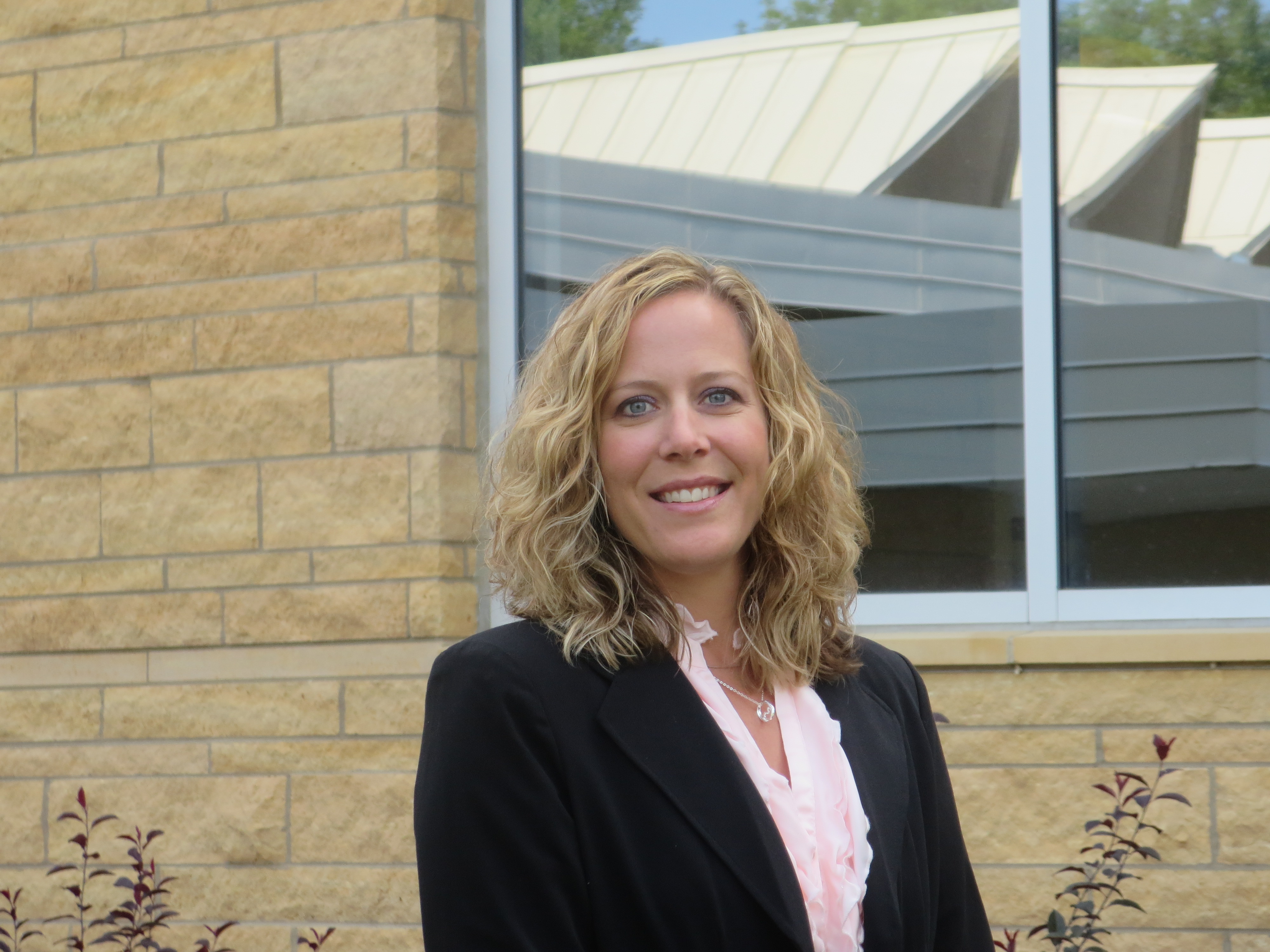
Unprecedented Creativity
Exactly one year ago, our lives were completely changed as COVID-19 was declared a national pandemic by the World Health Organization (WHO). With the unprecedented times came a need for unprecedented creativity to continue providing access to campus resources for students. Although campus closed, Student Health Services found a way to accommodate student needs.
Full Story + Show Less –Exactly one year ago, our lives were completely changed as COVID-19 was declared a national pandemic by the World Health Organization (WHO). With the unprecedented times came a need for unprecedented creativity to continue providing access to campus resources for students. Although campus closed, Student Health Services found a way to accommodate student needs.
At the time, most of the University was closing, and Student Health Services worked to do what it could to continue to serve students. Dr. Wendy Schuh, director of Student Health Services, now acknowledges, “We had many long, difficult conversations about that…. and did not know nearly as much as we know now. We decided that it’d be important to stay open but needed to do things like separate our well visits from anyone who had COVID symptoms and reconfigure our space to allow for social distancing.”
Student Health Services worked closely with Residential Life and Environmental Health and Safety to find a safe space to open an upper clinic, in Carkoski Commons, to see students and begin testing those with COVID-19 symptoms. A space that once housed administrative offices was renovated; they brought in exam tables, installed a sink, calculated air circulation times needed between testing appointments and were able to get the clinic up and running before students returned to campus for the Fall 2020 semester.
In addition to the upper clinic, Student Health Services found a variety of ways to alter services to meet student needs. Despite low numbers of students living on campus, the clinic still saw more than 3,200 students for more than 7,700 medical visits in 2020.
“Some students need that continuity of care to meet their healthcare needs,” Schuh said.
The different functional areas of Student Health Services worked collaboratively to adjust services to continue to meet student needs. The Medical Clinic remained open for in-person visits but also began offering more virtual appointments through Zoom Health, a HIPAA-compliant meeting tool. The clinic also enabled a secure message feature on Medicat, its medical record system, to provide more open communication between students and providers.
Additionally, a healthcare hotline (507-389-5591) was created and staffed by a nurse or medical provider every weekday from 8 a.m. to 4 p.m. to answer students’ questions about symptoms, testing, isolation and quarantine. They also hired a graduate intern to meet with students, some of whom had never been on campus because of COVID, and connect them with campus resources to aid in their success.
Furthermore, the Pharmacy began sending mail order prescriptions and over-the-counter supplies to students for the first time. Telepsychiatry partners through the Minnesota State Collaborative Partnership were offered this same service to meet the needs of students struggling at other Minnesota State campuses too.
The Office of Student Affairs hired a COVID Case Manager housed in Health Education to help track COVID cases related to the University and serve as a liaison to the Minnesota Department of Health (MDH). Additionally, alcohol and drug sanction education programs moved online to keep students and staff safe, and the Student Health PROs continued to meet virtually to find creative ways to carry on programming and messaging around campus.
As Minnesota State University, Mankato looks to the future and to the realities of a post-COVID society, the University also has to consider what changes to keep. COVID has demonstrated semester after semester just how important Student Health Services is and how lucky the campus is to have such a valuable resource for students.
Even when students come back to campus, online resources will still serve as a way to increase access to services.
“I don’t think telehealth is going anywhere.” Schuh says. “Most people prefer to see their provider in person; it’s just natural to have that in-person relationship. But telehealth can address barriers such as students being out of town, going home for the semester or being under isolation or quarantine. Technology is a vehicle to help us care for our students, which has really pushed us to the next level.”
As the long-term effects of COVID linger on campus, Student Health Services will continue to meet students’ physical and mental needs while they plan for a free-standing, comprehensive facility to expand services within the next 10 years.
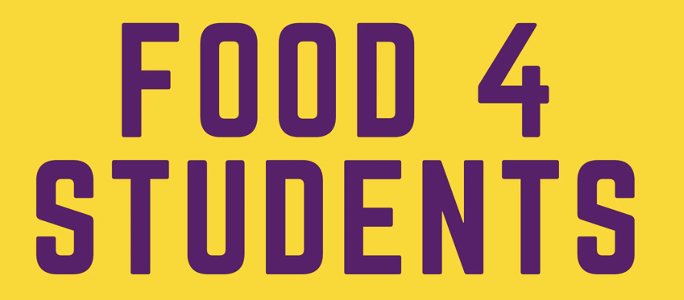
A Long-Standing Commitment to Student Success
“Addressing food insecurity on campus is a key part in retaining students and helping them be successful when they’re in school,” Svercl says. “What the research points to is that students who are food insecure are often working more hours per week than students who aren’t food insecure, meaning it’s not a lack of effort or a lack of desire to work, but rather there are so many cards stacked against [them]. As the cost of college increases, and now with the pandemic making everything more strained, it becomes more and more difficult than in generations past to maintain and pay for college while also paying for basic needs and finding that consistent balance.”
Full Story + Show Less –In Spring 2018, Carol Glasser, Associate Professor in the Sociology department, taught a Sociology in Action course. She and her students researched food insecurity amongst Minnesota State University, Mankato students. A self-administered, anonymous, online survey was approved by the Office of Research and Sponsored Programs and sent to a random sample of 2,100 students that met the criteria of being undergraduate and full-time students who were enrolled in Spring 2018.
They found that more Minnesota State Mankato students experience food insecurity than the national average. Only 36 percent of students surveyed were food secure, while 40 percent of students experienced high or very high food insecurity. Another 24 percentage of students were experiencing marginal food insecurity issues. Therefore, almost two-thirds of the participating students were experiencing some level of food insecurity.
Students can be considered food insecure if in the last 30 days they experienced the inability to buy groceries, inability to afford balanced meals, cut the size of meals to make groceries last longer, didn’t eat even though they were hungry, lost weight caused by a lack of food availability or didn’t eat for a full day.
As a result of this study, many students, faculty, staff and administrators have been working hard to address issues of food insecurity for students and raise attention to the problem among others on campus and in the community. Kara Svercl, a second-year Social Work major, discovered food insecurity was a large problem last year when she served as a senator in Student Government.
“Addressing food insecurity on campus is a key part in retaining students and helping them be successful when they’re in school,” Svercl says. “What the research points to is that students who are food insecure are often working more hours per week than students who aren’t food insecure, meaning it’s not a lack of effort or a lack of desire to work, but rather there are so many cards stacked against [them]. As the cost of college increases, and now with the pandemic making everything more strained, it becomes more and more difficult than in generations past to maintain and pay for college while also paying for basic needs and finding that consistent balance.”
Svercl found a program called Swipe Out Hunger that works with colleges and universities to implement and amplify a range of anti-hunger programs across campus networks. These programs are sustainable, student-centric, innovative and destigmatizing, to provide students with the resources they need.
In Fall 2020, her hard work paid off when the program was brought to campus. Sodexo, the University’s food services and facilities management company, even donated almost 5,000 meal swipes to get the program off the ground. As the program progresses, students will be able to donate their unused meal swipes for other students to use, without any extra costs.
Students apply for these swipes through a low-barrier online application. When awarded, these meal swipes are loaded onto a student ID, just like dining dollars, so students can eat in the dining facilities on campus without anyone knowing they are using the program. It can restore that sense of just being a student without having the additional stressors caused by food insecurity.
There was an overwhelming response to the program in its first semester, when 387 students were served. In addition to receiving meal swipes, students are referred to a staff member who serves as a case manager role and then follows up with other resources that aid in student hunger.
One of those resources is the newly initiated Maverick Food Pantry. For years, various offices and organizations, including Student Government, Diversity & Inclusion, the Kearney Center for International Student Services and Residential Life, have been working together to open a food pantry on campus. The pantry is even more important now as students are unable to maintain steady work and income as a result of the COVID-19 pandemic.
Located in Carkoski Commons 142, the Maverick Food Pantry is open on Mondays, Wednesdays and Fridays at varying times to provide easy access to students. Any student is able to utilize the resource once a week to obtain a prepackaged box with canned goods, pasta or rice, canned meat, cereal, snacks, butter, milk, eggs, cheese, bread and a fresh meat option. Household and personal care items are also available as needed, including can openers, feminine hygiene products, toothbrushes and toothpaste.
“We are doing everything we can to make it a safe, warm and inviting experience,” says Megan Heutmaker, who is overseeing operations. “We are over in Carkoski, which is kind of tucked away in a corner… so it’s not super obvious what’s going on, but you can see where we are. We try to make the process as quick as possible as well.”
Although neither of these programs can fix the larger issue of food insecurity, they are both working hard to eliminate the stigma surrounding it and serve as contact points to meet the immediate needs of students. As a campus, Minnesota State Mankato has a long-standing commitment to serving the community and focusing on student success. Swipe Out Hunger and the Maverick Food Pantry are prime examples of responsive actions that focus on helping our students succeed.
To support the Maverick Food Pantry, click here.
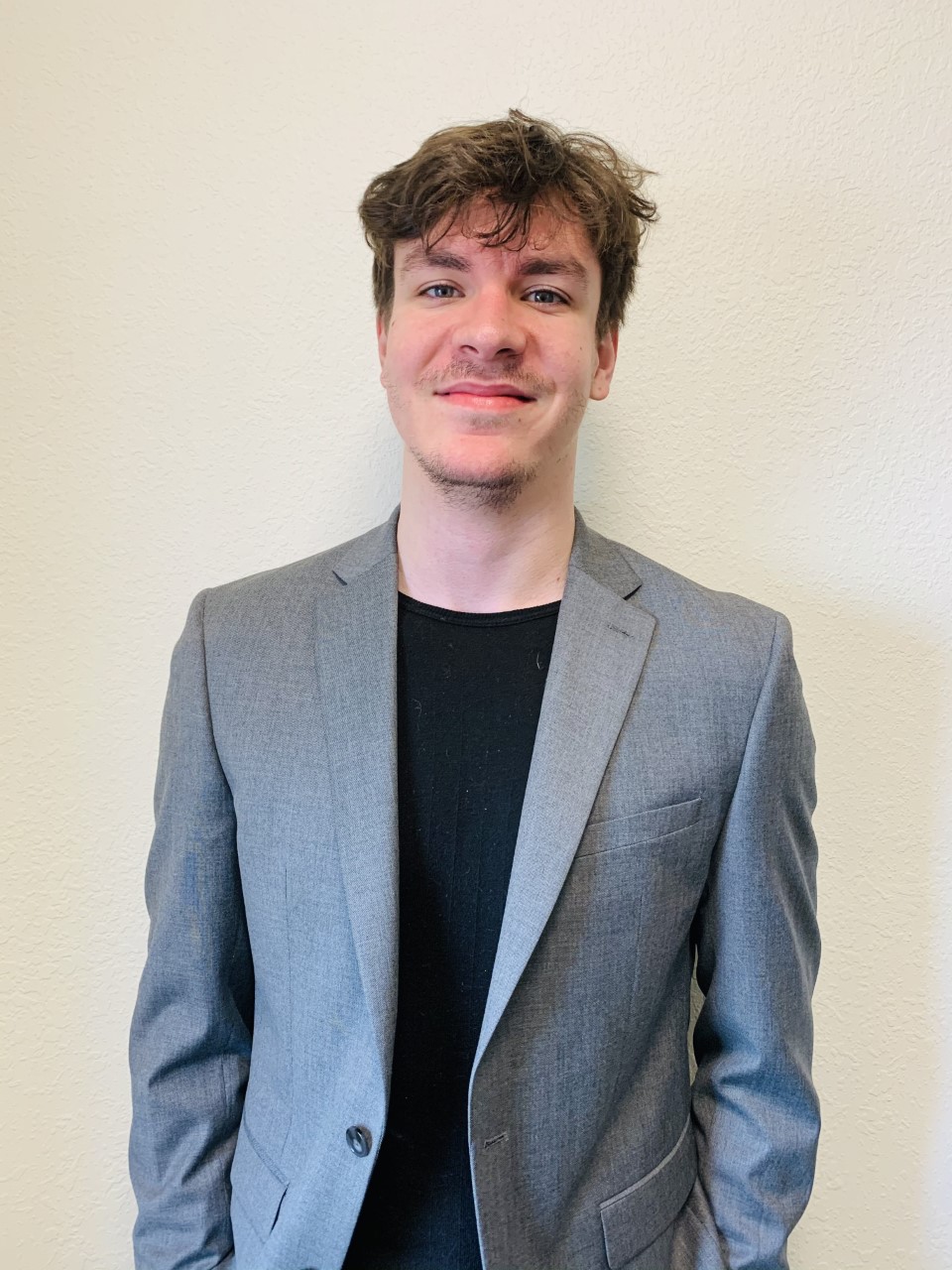
A Steppingstone for Greater Things
Gabe Miller, a senior Philosophy, Politics and Economics (PPE) major from St. Paul, Minnesota, transferred to Minnesota State University, Mankato after spending his first year at a community college. For him, community college provided the entry he needed to focus on his grades and thrive in higher education.
Full Story + Show Less –Deciding what college to attend can be one of the biggest decisions that someone makes in their life. A good student-college fit can provide numerous opportunities to succeed during and after college. A poor student-college fit can lead to dropout, lost experiences, misdirected investment or the need to transfer schools.
According to the National Student Clearinghouse Research Center, 38 percent of first-time college students will transfer schools, representing over 1 million transfer students. Although the decision to transfer colleges is difficult, it can provide a better student-college fit and keep students on track to graduate.
Gabe Miller, a senior Philosophy, Politics and Economics (PPE) major from St. Paul, Minnesota, transferred to Minnesota State University, Mankato after spending his first year at a community college. For him, community college provided the entry he needed to focus on his grades and thrive in higher education.
During his year at the community college, Miller’s GPA jumped almost an entire point from what it was in high school. He wasn’t completely happy though; something was missing. He hadn’t made the friends he had hoped to and didn’t feel a part of a college community. After much consideration, he decided to transfer schools.
“When I came to Mankato, it was way different. Specifically, the first week I was here… the sun was shining, and the campus was bustling and busy. The atmosphere wasn’t the same. Everyone was so happy to be on campus. It just seemed like the college experience that I was missing,” Miller says.
When Miller transferred in, he wanted to double major in Psychology and Political Science; then he met a student ambassador at orientation who told him about the PPE major. He knew right away that it was going to be a good fit.
The PPE major is one of only 50 such programs nationwide and the only one in Minnesota. The focus of the major is on the dynamic relationships between the economic, political and legal systems of society and the relationships that require the analytical methods of all three disciplines to be understood fully: perfect for someone who wants to go into law. Although Miller hadn’t always wanted to be a lawyer, he found a passion in philosophy and discussing the deeper meanings in life.
“Every single piece of my major will help me with law school,” he says. “Being able to know more about each thing is a huge advantage over others applying to law school.”
Now, not only is Miller set to graduate a year early thanks to his hard work, but he is also currently applying to his dream law schools including the University of Minnesota, the University of Michigan, Stanford, NYU, the University of Chicago and Mitchell Hamline.
In his last two years at Minnesota State University, Mankato, Miller has taken advantage of numerous resources on campus. Despite being busy studying for the LSAT and applying to law school, he also balances a work-study position at the Career Development Center and is a member of the pre-law society and transfer student honors society. He even worked on a congressional candidate’s campaign over the summer to gain political experience. All of these things have helped him get to the place that he is today.
“I get to apply to my dream schools, because I went to Mankato,” he says.
Miller applied and could have transferred to a few other universities in Minnesota, but there was something about Mankato that stood out to him. The size of the institution provided him with the ability to get to know all his professors, which he didn’t feel like he would have been able to do at a larger university.
“I’m so happy that I came to a school that’s big enough to have the college experience, but small enough, especially in my program, where I get to know my professors and my classmates and be in this classroom setting where I feel like I can actually learn and be a part of discussions,” he says.
He has really enjoyed smaller classes and getting to participate in those deep discussions he loves so much. When applying for different law schools, he even felt comfortable asking any one of his professors for a recommendation, since he had gotten to know all of them personally.
Down the road, Miller not only wants to become a successful lawyer, but he wants to give back. He wants to support his family and friends who have supported him on his journey and eventually run his own firm so that he can give back to his community. His dream is to make a foundation for students on the west side of St. Paul, where he’s from, to educate them on financial literacy, applying for college and financial aid to help them get out of poverty.
What was once a decision to transfer colleges to make new friends and be a part of a college community has now turned into the steppingstone for Miller to move on to even greater things.
“I got my college experience. I’m so happy that I came here. I honestly am.”
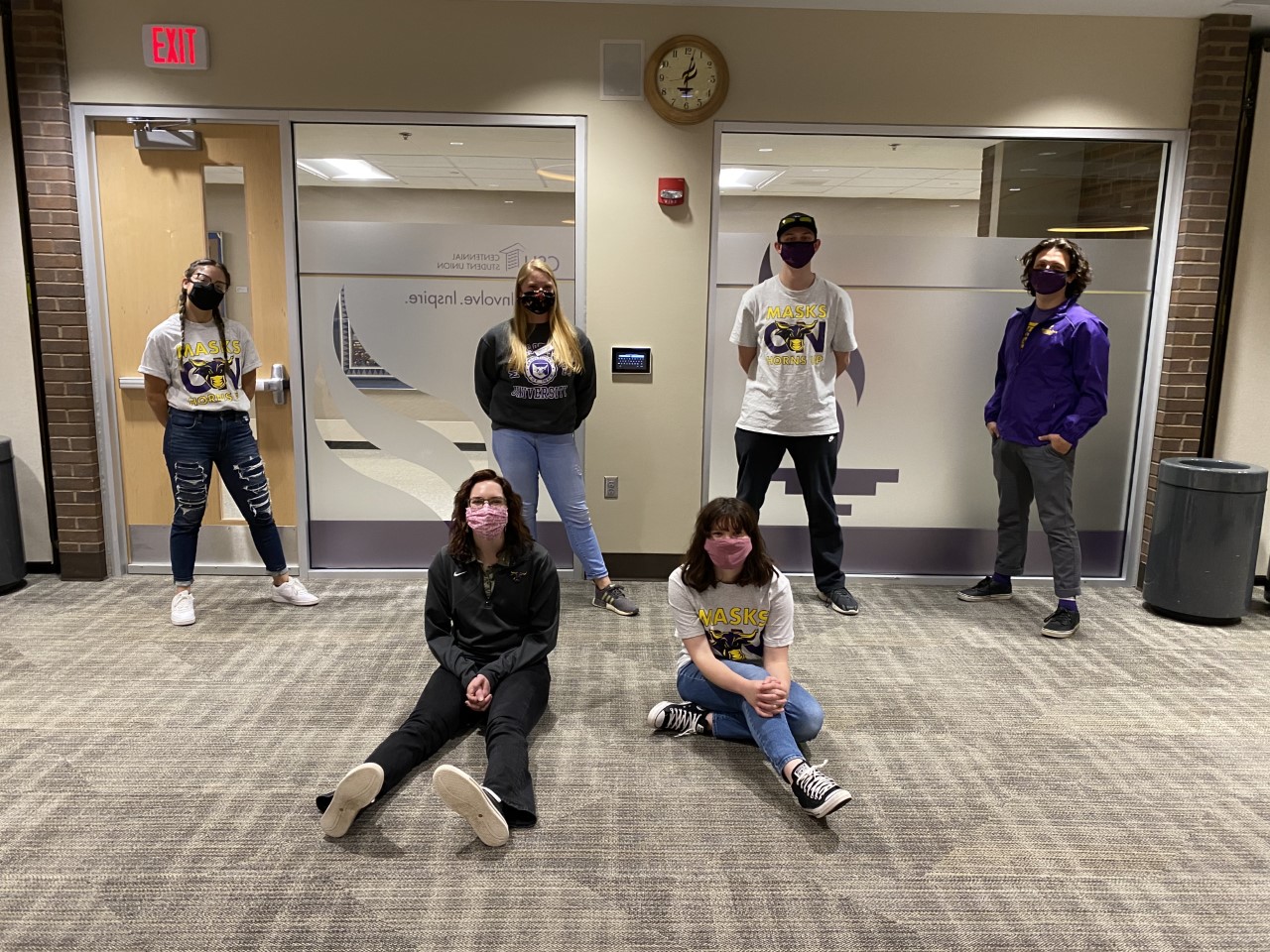
The Sky's The Limit
Being involved in campus activities can provide students myriad benefits during their college careers. By joining a student organization on campus, students are able to build relationships, improve their leadership abilities, work on their interpersonal skills, expand their interests and feel a part of their university’s community. At Minnesota State University, Mankato, there are over 250 registered student organizations (RSOs) that students can join.
Full Story + Show Less –Being involved in campus activities can provide students myriad benefits during their college careers. By joining a student organization on campus, students are able to build relationships, improve their leadership abilities, work on their interpersonal skills, expand their interests and feel a part of their university’s community. At Minnesota State University, Mankato, there are over 250 registered student organizations (RSOs) that students can join.
While these organizations can provide numerous benefits, it can also be challenging for students to balance being a member of these groups or running them with everything else that is going on in their busy lives.
In Fall 2019, a group of students along with Emi Menk, assistant director of Student Activities, decided there was a need to form a group that could help these students find the optimal opportunities through their organizations. Additionally, it could be a resource for students on how to run an organization, which many are doing for the first time.
As a result, the Maverick Involvement Team (MIT) was born. According to Kathryn Wirtanen, MIT’s Program Operations Coordinator, “the main goal of the Maverick Involvement Team is to enhance the leadership skills of students, but also to connect them with peer-to-peer advising with RSO officers, and to provide workshops and leadership development.”
Wirtanen, a junior Environmental Science major from Eau Claire, Wisconsin, has been actively involved in student organizations since becoming a Maverick. Wirtanen came to Minnesota State University, Mankato with hopes of finding volunteer opportunities, so she joined a couple of organizations her first year as a member. Then, she engaged with officers to inquire about leadership positions.
Wirtanen joined multiple organization’s leadership boards and worked her way into becoming the president of Colleges Against Cancer, the president of the Environmental Sustainability Organization and the Program Operations Coordinator of the Maverick Involvement Team
Wirtanen has gained a lot from her experiences in student organizations. “Being involved in even one student organization can really increase a lot of opportunities for [students], whether it be a social group or major group, whatever type of group there is, there is something to pick from. Just joining one group can open so many opportunities for you,” she says.
With such a wide range of student organizations at Minnesota State Mankato, there truly is something for everyone. Whether it be in Fraternity and Sorority Life, Student Government, religious groups, sport clubs, language clubs, honors societies, political groups, art clubs or groups that meet based on hobbies, there are so many opportunities to get involved.
According to Wirtanen, being in a student organization can enhance “the college experience” and help students grow personally and professionally, which helps students succeed not only at Minnesota State Mankato, but in their careers after they graduate. That is exactly what the Maverick Involvement Team is hoping to accomplish.
The team provides numerous resources to do this including peer advising for RSO officers and student leaders, Leadership U workshops each week, RSO officer training, involvement fairs, RSO socials, teambuilding workshops, a student leadership conference, student leadership awards and they will also be co-sponsoring the U-Lead Conference with other organizations on campus.
Wirtanen holds dear every value of the Maverick Involvement Team, but she especially loves the idea of empowering individuals and organizations and helping students connect.
“I really like the idea of having RSOs connecting with each other to collaborate on different events, fundraising efforts or campaigns. Whatever they choose to do, the sky’s the limit. If you have the interest and the numbers, you can really grow the passion that you have. By supporting students and the initiatives they want to take, we can see those groups go farther,” she says.
Although the group is still pretty new and COVID-19 has forced it to get even more creative with student opportunities, the group is still so excited for what’s to come.
“Establishing a new group and new program can be challenging, and while that challenge has been amplified by the pandemic, the students involved with MIT have really stepped up and taken initiative to figure out how they can make the most of the situation…They’ve also really supported and uplifted each other throughout the process – as an advisor it has been an absolute joy to see how they have embarked on this process, how they’ve brought their vision to life, and the connections that have resulted from the program,” Menk says.

